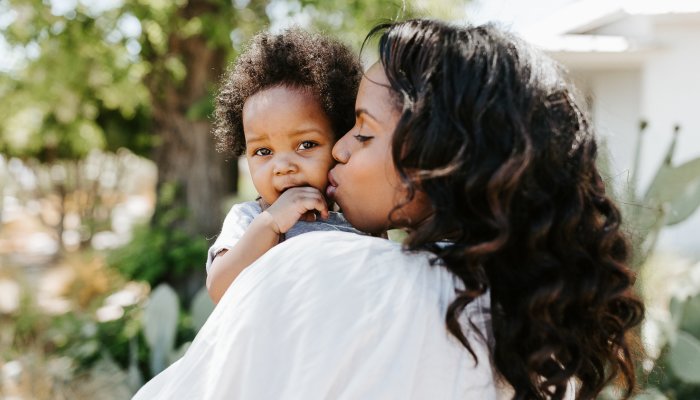
According to Swan, reproductive health really does start that young: She explains that the minipuberty “is thought to be very important for hormonal and reproductive development.”
We did some more digging: Apparently, minipuberty occurs between birth and six months of age for boys and two years of age for girls, and it marks the development of various characteristics: including the genital organs and fertility, body composition and growth, cognitive abilities related to speech, and potentially behavior—like perhaps emotional regulation in males.
A little Sex-Ed for you: Adolescent puberty happens when the hypothalamic-pituitary-gonadal (or HPG) axis becomes activated, which causes an increase in sex steroid hormones (which causes changes in body shape, an increase in body hair, et al).
However, this activation actually occurs twice before that: once in utero and once in the first months of life. These first two activations do not bring about an increase in sex hormones, so they’re categorized more generally as “endocrine puberties.” They’re just as important for reproductive health, but you don’t necessarily see any changes to the body.
This minipuberty stage is important, because it may allow for the early observance of and medical intervention in reproductive or sexual development disorders, if needed. As one study recounts, it forms a “platform for future fertility,” as it essentially sets the groundwork for your sex organs to mature, and functions as a “window of opportunity” to evaluate the HPG axis—since that “window” is closed until you start puberty once again around ten years later. More research is needed on the specific ways minipuberty affects future fertility, but it sure is a neat concept, no?
